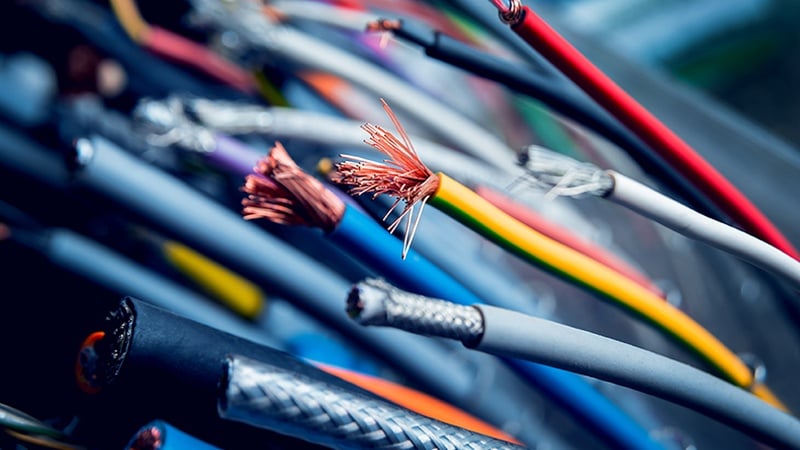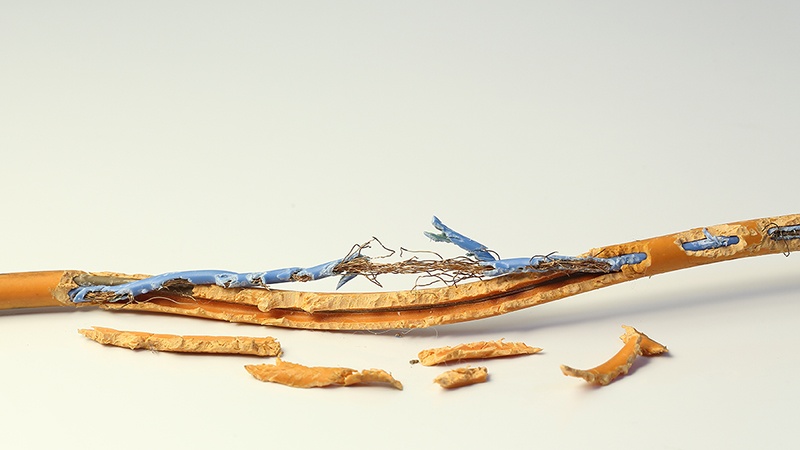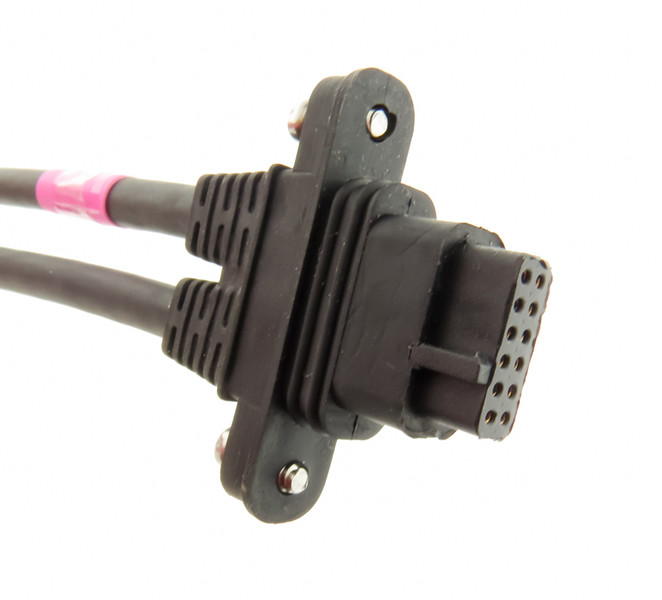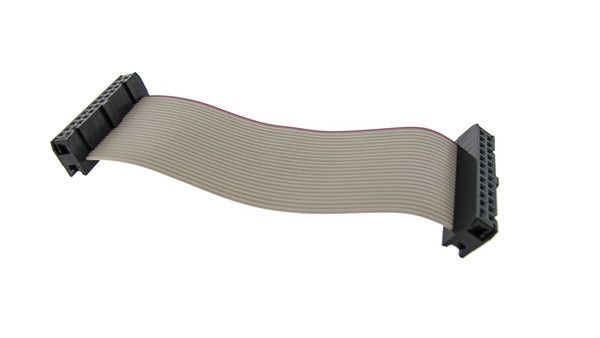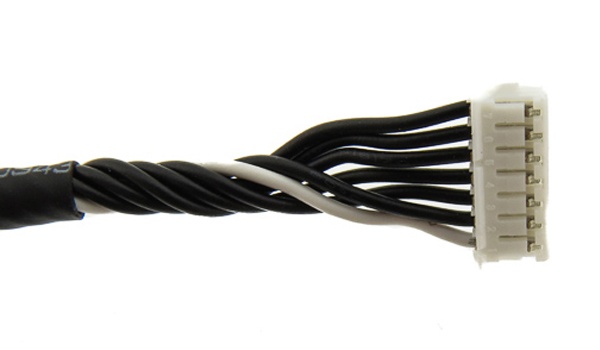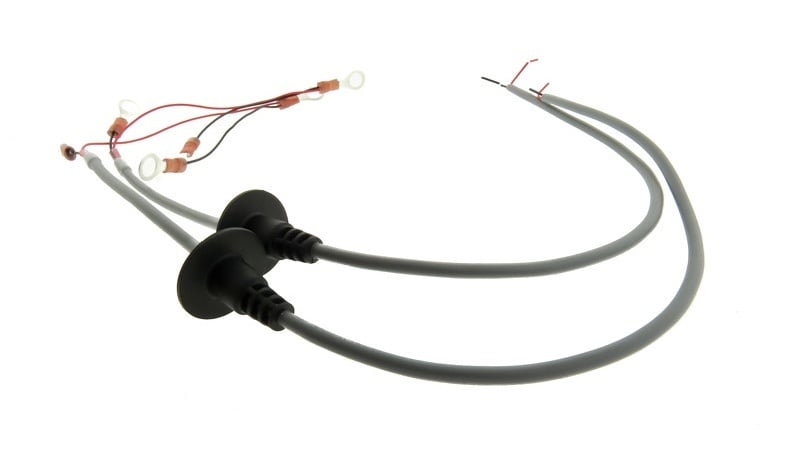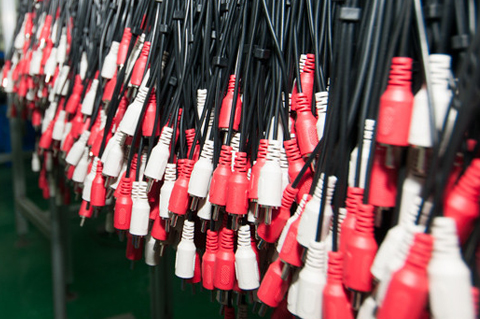Navigating through the complex cable industry can be both difficult and time consuming. This is especially true if, for whatever reason, you have to change your cable assembly manufacturers. This blog post is intended to give you a perspective of what to expect if you find yourself in need of switching an existing cable assembly design to a new supplier.
Cable Assemblies can be used in almost any environment, but some environments pose specific challenges that need to be individually addressed. One such environment is when a cable assembly is installed in areas highly susceptible to rodent damage. Installations requiring rodent protection can include any outdoor application, indoor industrial installations, residential applications, food/grain storage areas, or any area that offers shelter and food for rodents.
When developing an overmold tool for a custom cable assembly, consideration needs to be given to the tactile features of the finished part. There are several areas that constitute these considerations, including the desired finish of the end part as well as the precision of the molding tool itself. The choices you make in physical features may seem insignificant, but the touch, feel, and appearance can have a real impact on the final cable assembly.
Ribbon cable assemblies, also known as flat ribbon cable assemblies or planar cable assemblies, are assemblies utilizing multiple wires and typically IDC (insulation displacement connector) terminations. The cables used in this type of assembly are prepared by laying conducting wires flat and parallel to each other, resulting in a product that is wide and flat, resembling a ribbon.
Substituting cable assembly connectors can be a double-edged sword. Substitution may be able to provide a less expensive cable assembly. However, it may also create problems with the interface if the substitution is not done correctly or is done with a connector of inferior quality.
After our Cable Assembly Outer Sheath/Jacket Performance Functions webinar, attendees submitted several great questions and we’d like to answer two in particular here that focus on performing a flammability test for cables.
Understanding the environment which your assembly will be used in may determine whether or not your application will require shielded cables. Applications where cable assemblies are utilized are often electrically noisy, industrial environments, where factories can create interference within cables. If your cables at at risk of electrical noise interference, shielded cables can greatly improve the performance of your equipment.
As a necessary component in countless applications, custom designed cable assemblies have a major impact on the cost, and therefore the profitability, of any project. Designing a cable assembly that meets both environmental and electrical demands, while keeping costs low, can be a challenging task.
One of the most critical elements of producing any cable assembly or harness is the amount of cable assemblies testing that is done when the product is completed in manufacturing. There are many methods and levels for testing cable assemblies, but all testing has one goal – to ensure that the product meets or exceeds its specifications.
One point that anyone involved with cable assemblies understands is that "every electronic or mechanical component will eventually reach the end of its life cycle". This blog post will define cable assembly obsolescence as the point in an assembly’s life cycle when it is either no longer in a usable state, meaning it is not functioning as it was designed, or there is no longer a use for the cable assembly due to technology changes.


